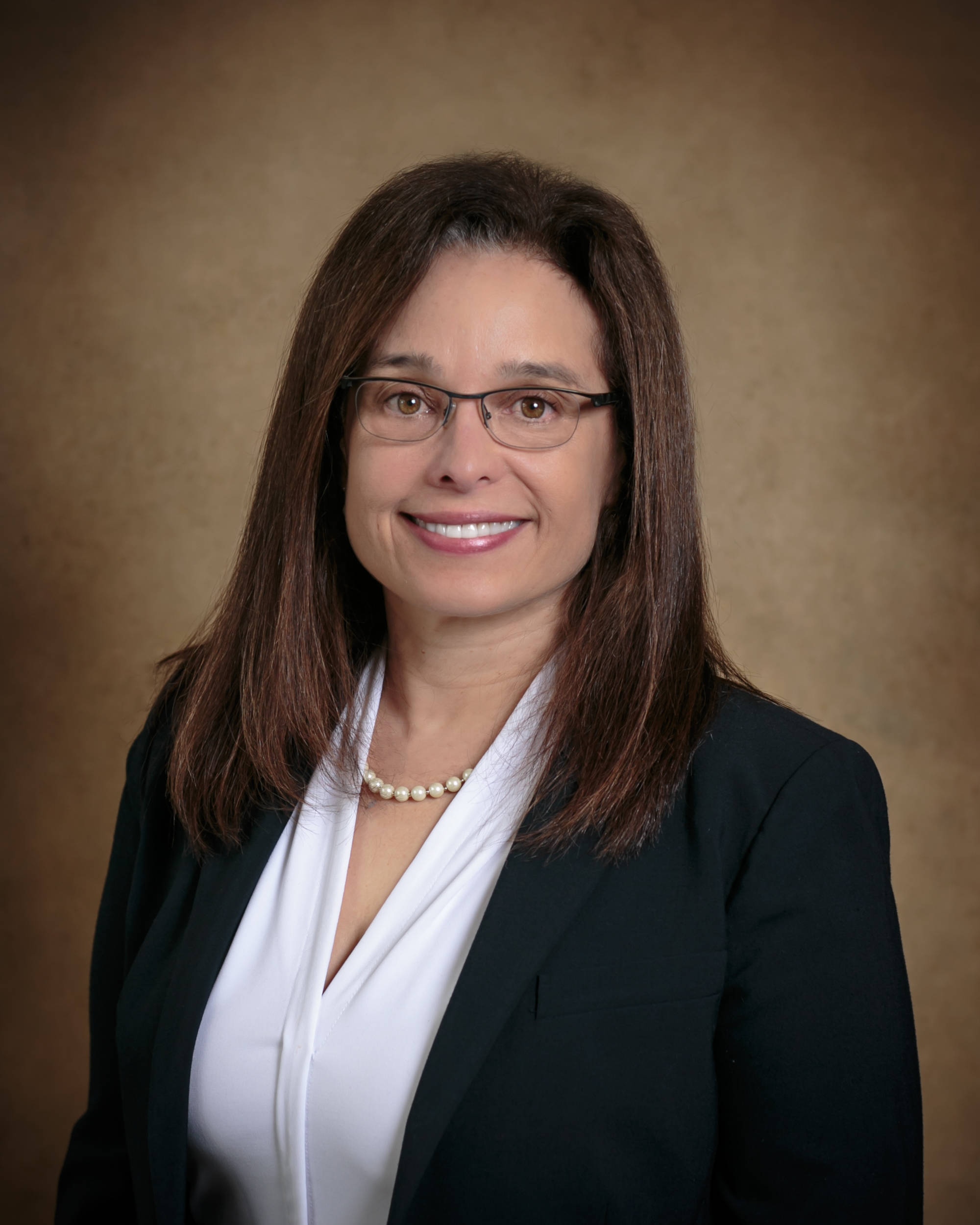As we head into the colder months, we also head toward flu season. Especially given the impact of COVID-19 this year, reducing the spread of respiratory illnesses, like the flu, is critical. Below are answers to common questions asked about how to tell the difference between the flu and COVID-19:
How are COVID-19 and the flu similar?
COVID-19 and the flu have a similar disease presentation. They both cause respiratory illness, which presents as a wide range of symptoms—from asymptomatic to a mild to severe illness.
Both viruses are transmitted by contact and droplets. As a result, the same public health measures, such as hand hygiene, social distancing, and mask-wearing are important actions all can take to prevent infection.
How are COVID-19 and the flu different?
The speed of transmission is an important point of difference between the two viruses. The flu has a shorter average incubation period (the time from infection to appearance of symptoms) and a shorter serial interval (the time between successive cases) than COVID-19 virus. The serial interval for COVID-19 virus is estimated to be five to six days, while for the flu, the serial interval is three days. This means that the flu can show symptoms faster than COVID-19.
The CDC confirms that the virus that causes COVID-19 is more contagious than the seasonal flu, with emerging research showing “airborne” transmission is possible. That’s in part why many states and health officials strongly recommend wearing two-layer, tightly fitting cloth masks in public spaces when maintaining at least 6 feet of distance is difficult or impossible.
Those most at risk for the flu are children, pregnant women, elderly and those with underlying medical conditions. For COVID-19, our current understanding is that older age and underlying conditions, such as obesity, diabetes or hypertension, increase the risk for the most severe infection.
Are symptoms of the flu shared with COVID-19?
Symptoms of the flu: The flu usually comes on suddenly. Common symptoms include constant cough, sore throat, congestion or runny nose, body aches, headaches and fatigue.
Symptoms of COVID-19: Common COVID-19 symptoms include fever or chills, cough, shortness of breath or difficulty breathing, fatigue, muscle or body aches, headache, new loss of taste or smell, sore throat, nausea or vomiting.
The seasonal flu and COVID-19 do share some overlapping symptoms, so people may need to be tested to confirm a proper diagnosis.
What’s the best way to help protect yourself from the flu?
One of the best ways to help protect yourself and reduce your chances of getting the flu is to get the vaccine. People are highly encouraged to get their flu shots this year because the flu and COVID-19 together have the potential to overwhelm medical providers. If no other year, get the flu shot this year. You can get it at a point of care location, a pharmacy or from a clinic operated by a licensed medical professional.
According to the Centers for Disease Control and Prevention (CDC), everyone who is at least 6 months of age should get a flu vaccine unless they have an underlying condition where it’s not advised.
This year, UnitedHealthcare wants to help people understand the similarities and differences between the flu and COVID-19, as well as inform people on where and how they can get flu shots. Understanding the similarities and differences between the two can help stop the spread of both and keep Alaskans safe and healthy.
Dr. Patricia Auerbach is chief medical officer at UnitedHealthcare of Alaska.
• By Dr. Patricia Auerbach

